This article was co-authored by wikiHow staff writer, Jessica Gibson. Jessica Gibson is a Writer and Editor who's been with wikiHow since 2014. After completing a year of art studies at the Emily Carr University in Vancouver, she graduated from Columbia College with a BA in History. Jessica also completed an MA in History from The University of Oregon in 2013.
There are 10 references cited in this article, which can be found at the bottom of the page.
This article has been viewed 5,955 times.
Learn more...
St. John's Wort (hypericum) is known as a medicinal powerhouse. From anxiety, to depression, to heart health, there's a lot this plant is used for![1] To forage St. John's Wort for your own uses, wait until the beautiful yellow flowers bloom, then grab a basket and get started. We'll give you tips for gathering and using this famous plant.
Steps
Harvesting St. John's Wort
-
1Plan to harvest the plant once the flowers bloom. In the Northern Hemisphere, St. John's Wort blooms around the summer solstice in June, but you can find flowering plants through July and August. In the Southern Hemisphere, it blooms in the fall, usually between October and January. Pick your St. John's Wort once the vibrant yellow flowers have bloomed so you get the most medicinal properties from the plant.[2]
- St. John's Wort grows wild in fields. You can usually identify the shrubby plant by its bright, yellow flowers and tiny leaves that have small black dots.[3]
-
2Gather the St. John’s Wort during a sunny part of the day. The flowers open up in mid-to-late afternoon which makes it a great time to harvest! Plus, the sun will dry off the morning dew so it's easier to cut the flowers or stems.[4]
- If you plan on drying the plant, you definitely want to harvest St. John's Wort that isn't wet. You'll have a harder time hanging and drying the plant and it will take a lot longer to dry out completely.
Advertisement -
3Pluck the flowers and leaves by hand if you want just a little. Unfortunately, those beautiful yellow flowers start to droop not long after you pick them. Plan on pulling off the flowers or leaves by hand just before you're ready to use them. They'll pull away easily from the stems.[5]
- Again, you'll have an easier time of this if the flowers are totally open and dry.
-
4Trim the stems with scissors for a larger harvest. You can't really use the thick stems for anything, but if you're in a hurry to harvest a lot, it's fine to cut the top 2 to 3 inches (5.1 to 7.6 cm) of the plant. Don't worry—you won't kill the plant. Then, you can pull the flowers and leaves away from the stem.[6]
- Discard the stems once you've removed the leaves and flowers or keep the leaves and flowers on the stems if you plan on drying the plant.
Using St. John’s Wort
-
1Put fresh flowers and leaves in a jar with alcohol to make a tincture. Loosely fill a mason jar with St. John's Wort and pour in enough 100-proof alcohol to fill the jar. Screw on the lid and shake the mixture. Then, set it aside and let it develop for 4 to 6 weeks. Shake the tincture every day—when it's ready, the liquid will turn bright red![7]
- Pour your red tincture through cheesecloth into a clean jar for long-term storage. You can keep it in a cool, dry place for up to 1 year.
- To use the tincture, squirt a few drops in your mouth from a dropper or add it to water and drink it.
- Many people ingest St. John's Wort tincture for depression or to improve their mood. Although longer studies are needed, research supports St. John's Wort's effectiveness.[8]
-
2Heat St. John's Wort oil and beeswax to make a salve. Pour 1 cup (240 ml) of St. John's Wort oil and 1 tablespoon (15 ml) of vitamin E into a pot and turn the heat to medium. In a separate pot, melt 3 tablespoons (40 g) of beeswax. Then, stir it into the oil mixture. Pour your salve into a storage jar and let it cool completely with the lid off.[9]
- To use your salve, rub it onto minor wounds or burns. The St. John's Wort can speed up healing time and reduce scarring. Keep in mind that serious burns or wounds require medical treatment.
-
3Soak the flowers in oil to make an oil extract. Put the fresh blossoms with leaves into a mason jar and pour in enough olive oil or wheat germ oil to completely fill the jar. Screw on the lid and place the jar in the sun. Shake it once a day and leave it to develop for 2 to 4 weeks. You'll know the oil is ready when it turns a rich red color. Then, you can strain it through cheesecloth into another jar.[10]
- Store the St. John's Wort oil at room temperature for up to 1 year.
- To use your St. John's Wort oil, massage a few drops onto slight scrapes, bruises, sunburns, or minor burns.[11]
-
4Use dried flowers and leaves to make St. John's Wort tea. Place about 1 heaping teaspoon (4 g) of chopped, dried flowers into a teapot and pour 1 cup (240 ml) of boiling hot water into it. Let the tea infuse for 5 minutes before you pour it through a strainer. Then, sip and enjoy![12]
- While it's generally fine to drink St. John's Wort tea, always talk with your doctor before using it if you're also taking prescription medications.
Warnings
- While St. John's Wort is considered safe to use, you should talk with your doctor if you're also on medication for anxiety, depression, contraception, cancer, or heart conditions. St. John's Wort can interact with several prescription medications.[13]⧼thumbs_response⧽
References
- ↑ https://www.ncbi.nlm.nih.gov/books/NBK92750/
- ↑ https://westportlandtrust.org/2020/07/22/july-saintjohnswort/
- ↑ https://www.wildflower.org/plants/result.php?id_plant=HYPR
- ↑ https://youtu.be/2qtddNxPOWw?t=17
- ↑ https://westportlandtrust.org/2020/07/22/july-saintjohnswort/
- ↑ https://youtu.be/5q8VZ3UCVzw?t=163
- ↑ https://youtu.be/GBLlVb1LoQk?t=451
- ↑ https://www.ncbi.nlm.nih.gov/books/NBK92750/
- ↑ https://www.butterflyexpressions.org/Herbal/Salves.pdf
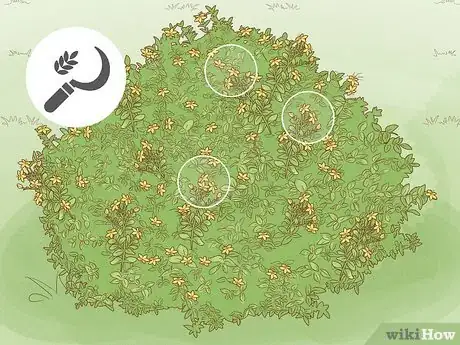
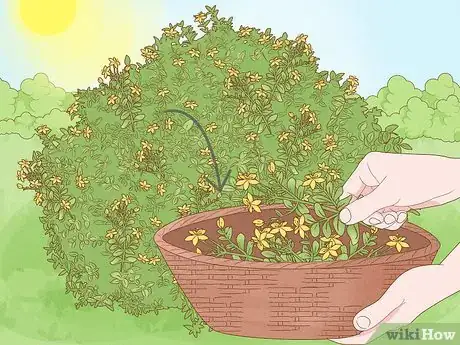
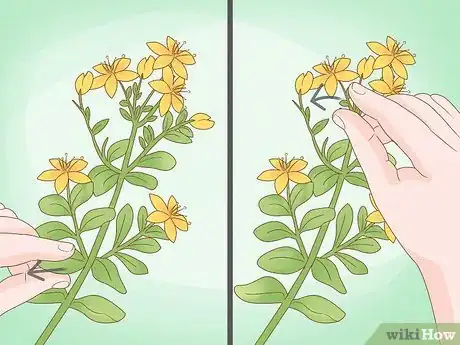
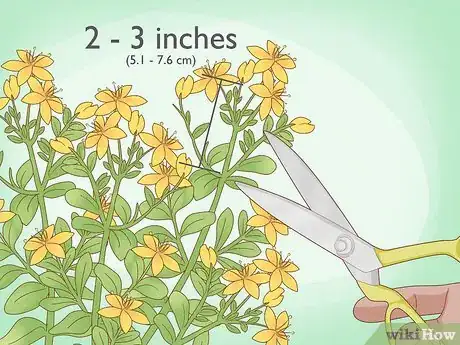
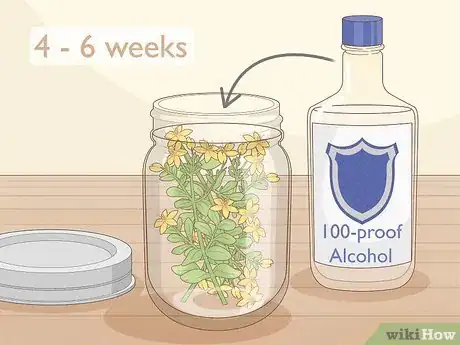
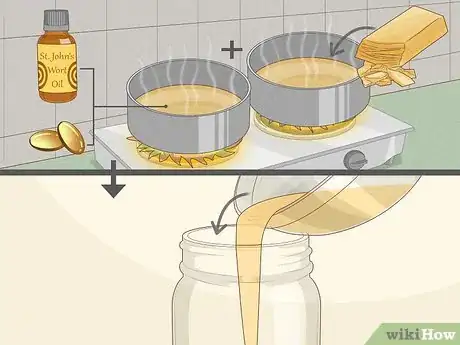
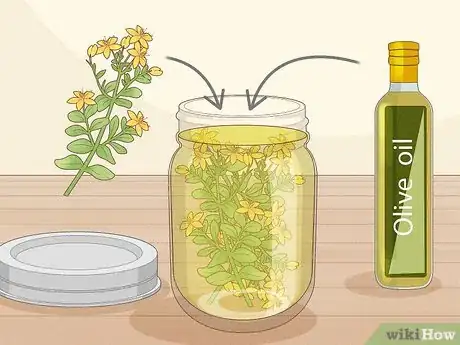
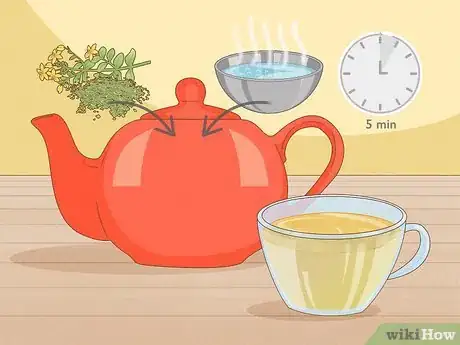
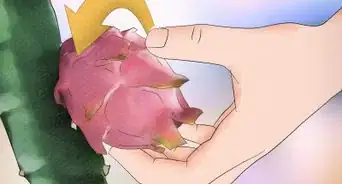


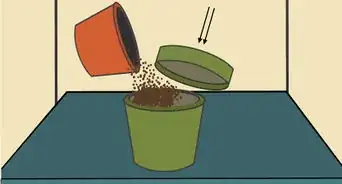


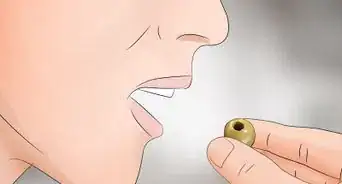


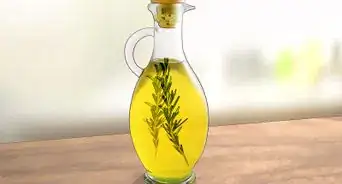













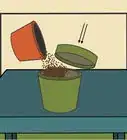



































Medical Disclaimer
The content of this article is not intended to be a substitute for professional medical advice, examination, diagnosis, or treatment. You should always contact your doctor or other qualified healthcare professional before starting, changing, or stopping any kind of health treatment.
Read More...